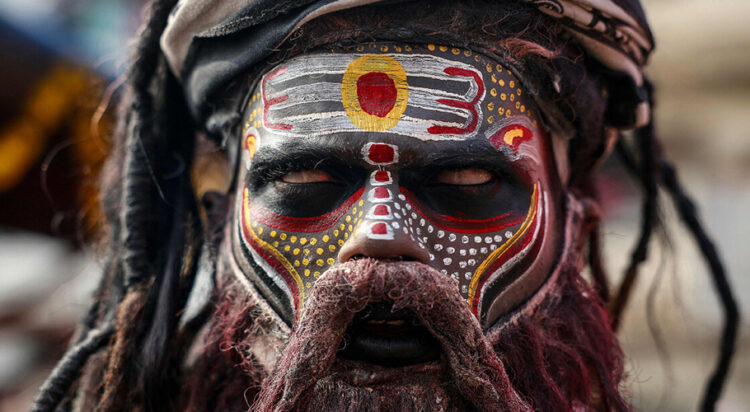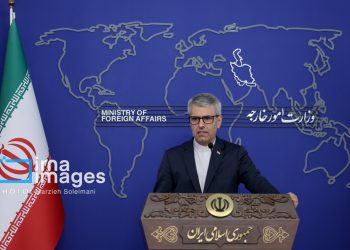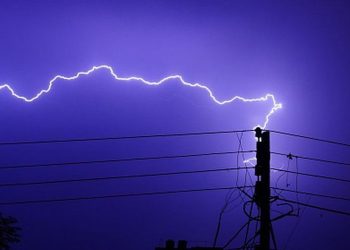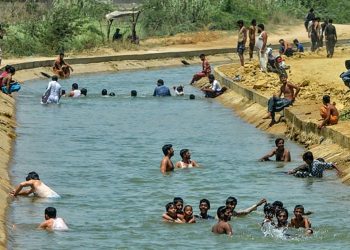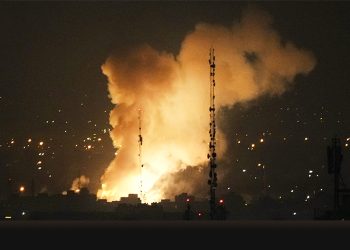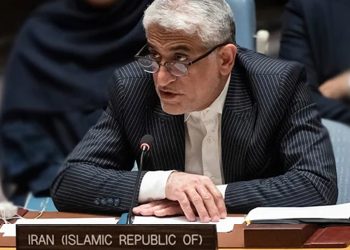The six-week Maha Kumbh Mela, or “Great Pitcher Festival,” begins on Monday in the northern Indian city of Prayagraj, drawing an estimated 400 million participants. This sacred Hindu event, celebrated as the world’s largest gathering, showcases a blend of religion, spirituality, tourism, and advanced crowd management.
Over the next six weeks, millions of devotees will converge in Uttar Pradesh to take a holy dip at the confluence of three sacred rivers—the Ganga, Yamuna, and the mythical Saraswati. The act of bathing in these waters is believed to cleanse individuals of sins and grant liberation from the cycle of life and death.

What is Maha Kumbh Mela?
The festival traces its origins to Hindu mythology, where the god Vishnu is said to have wrested a golden pitcher containing the nectar of immortality from demons. During a celestial battle lasting 12 days, four drops of the nectar fell to Earth in the cities of Prayagraj, Haridwar, Ujjain, and Nashik, which now host the festival in rotation every three years.
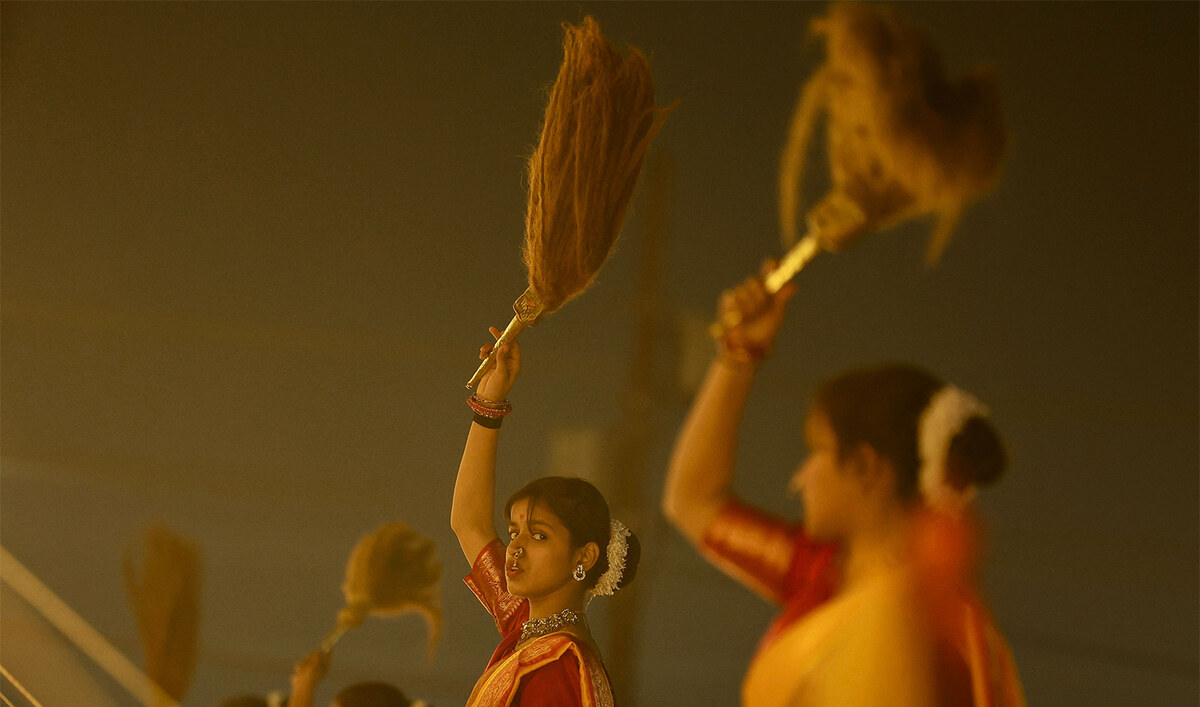
The Kumbh Mela held every 12 years, known as the Maha Kumbh, is considered the most auspicious in the cycle due to its timing and attracts the largest gatherings.
How is it managed?
The Maha Kumbh Mela poses a huge logistical challenge, with authorities transforming 4,000 hectares of riverside land into a temporary city. This city includes 150,000 tents, 3,000 kitchens, 145,000 restrooms, and 99 parking lots.
Authorities are installing 450,000 new electricity connections, with the event projected to consume more power than 100,000 urban apartments in a month.
To accommodate visitors, Indian Railways has introduced 98 special trains that will make 3,300 trips during the festival in addition to regular services to Prayagraj.
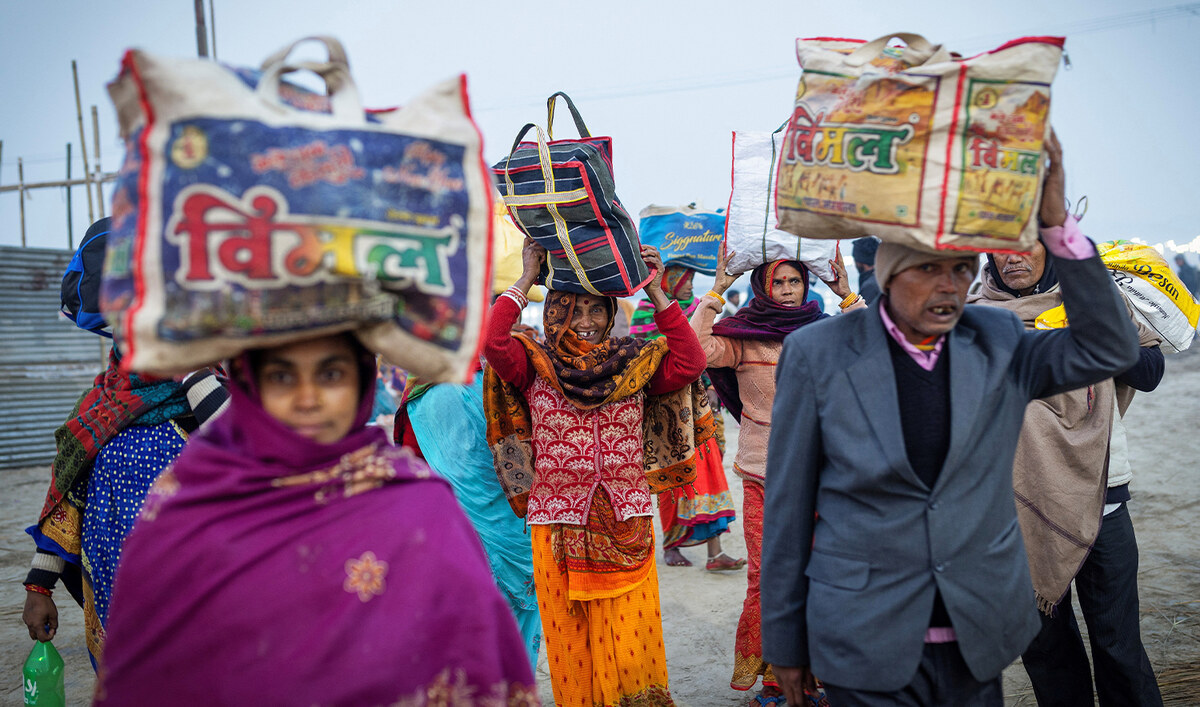
The Uttar Pradesh government has allocated ₹64 billion ($765 million) for this year’s event. It has also promoted the Kumbh Mela at international tourism expositions and invited foreign dignitaries to witness the grandeur of this ancient festival.







